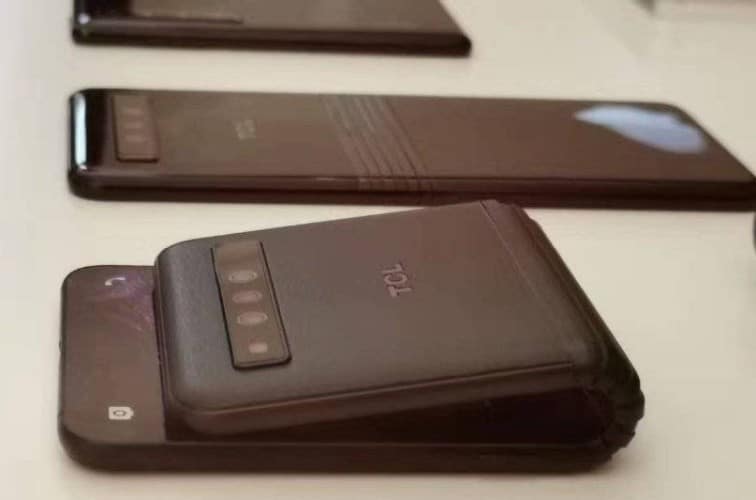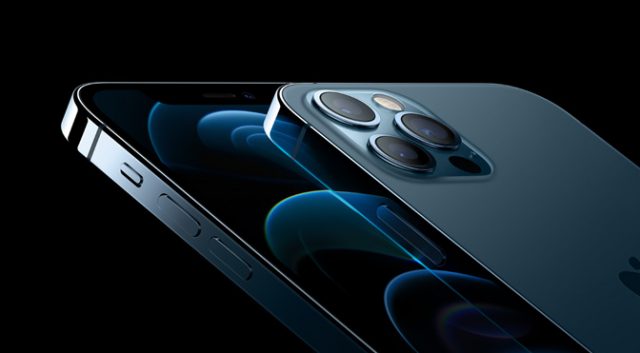If you happen to have an iPhone Xs or 11 Pro in your pocket, likely, you will not have a strong desire to upgrade to the latest version of Apple’s smartphone.
In fact, the same can be said about the Galaxy S10 and S20, or Note 10+ and Note 20 Ultra… In fact, many are disgruntled users, always stating that the designs are the same. The difference in performance is nothing special, with only a few touches on the camera system to improve performance in capturing images and video.
This begs the question… Are the new smartphone releases just a simple update to camera hardware and software?
Well, actually… No! Especially in the field of updating cameras. After all, from 2014 to 2018, the vast majority of high-end smartphones used 1 / 2.6 ″ -1 / 2.55 ″ and 12 ~ 16MP sensors. Incidentally, the high-end smartphones from Google and Apple 2019 still bring these same sensors.
Yes, there were some changes, but it focused on capture speed and not improving image quality. The major improvements in image quality that we see year after year is due to improvements in the manufacturers’ processing algorithms! Processing that requires a good SoC or other dedicated chips for the purpose.
In other words, what has not been lacking in the world of smartphones is innovation.
After all, the vast majority of devices now have OLED screens, a technology that is still extremely complex to produce. Not to mention the adoption of high frame refresh rates, with many high-end and mid-range devices hitting the market with screens capable of offering 90Hz as the P40 Pro, 120Hz as the Galaxy S20, or even 144Hz as the ROG Phone 3.
We also have to count on reducing the screen margins! Something that started with the implementation of Notch in 2024 and is now found in the holes on the screen. Interestingly, we even have devices capable of hiding the front camera under the OLED screen.
SoC itself, in the case of the 2019 Snapdragon 855, added support for camera interfaces and image signal processors, which in turn paved the way for the implementation of larger sensors and higher resolution lenses. Similarly, we also have faster connections to wireless networks, while energy efficiency and day-to-day performance have also increased. In the meantime, the 2020 Snapdragon 865 bet heavily and ugly on 5G, which will set the stage for infrastructure implementation in the coming years.
So what is the reason for this feeling of lack of innovation?

Very briefly, smartphones are based on technologies that are now mature. It isn’t easy to find something really new and innovative in these devices. However, some attempts, such as Project Soli from Google Pixel 4 and LiDAR sensor from the new iPhones 12.
However, we also have foldable smartphones! Which are getting more and more robust and easier and easier to produce. A range of products that could become mainstream for the next 2 years.
In short, smartphones are getting more and more powerful, more and more efficient, and more and more intelligent. The problem is that today’s machines are already so good, and so cheap. That many times, all the news ends up passing us by.
Furthermore, what do you think about all this? Please share your opinion with us in the comments below.

